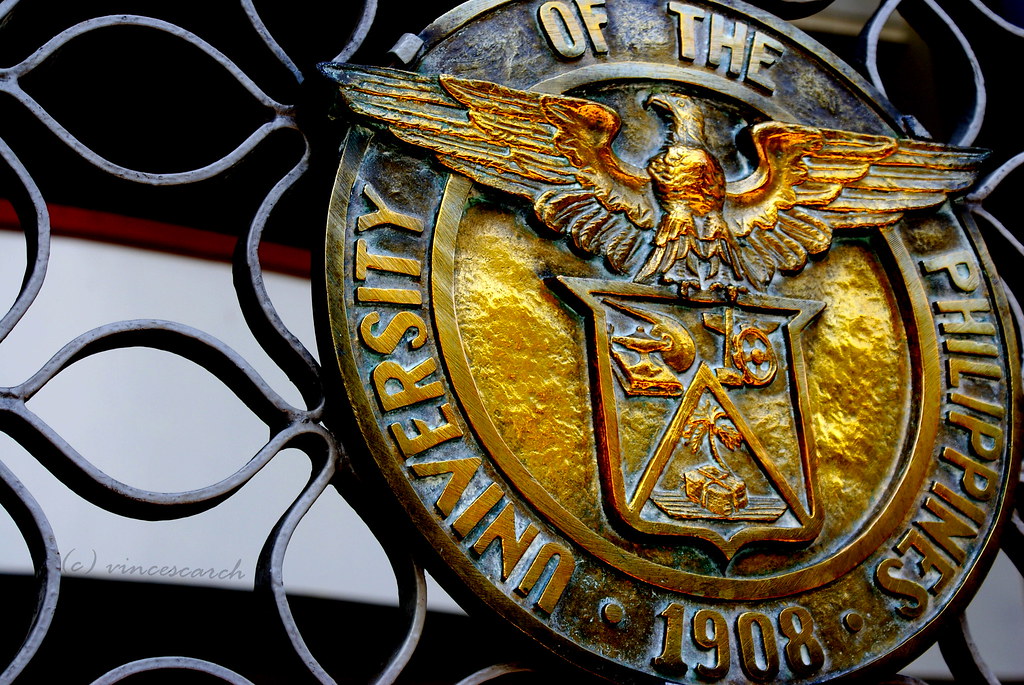
|
|
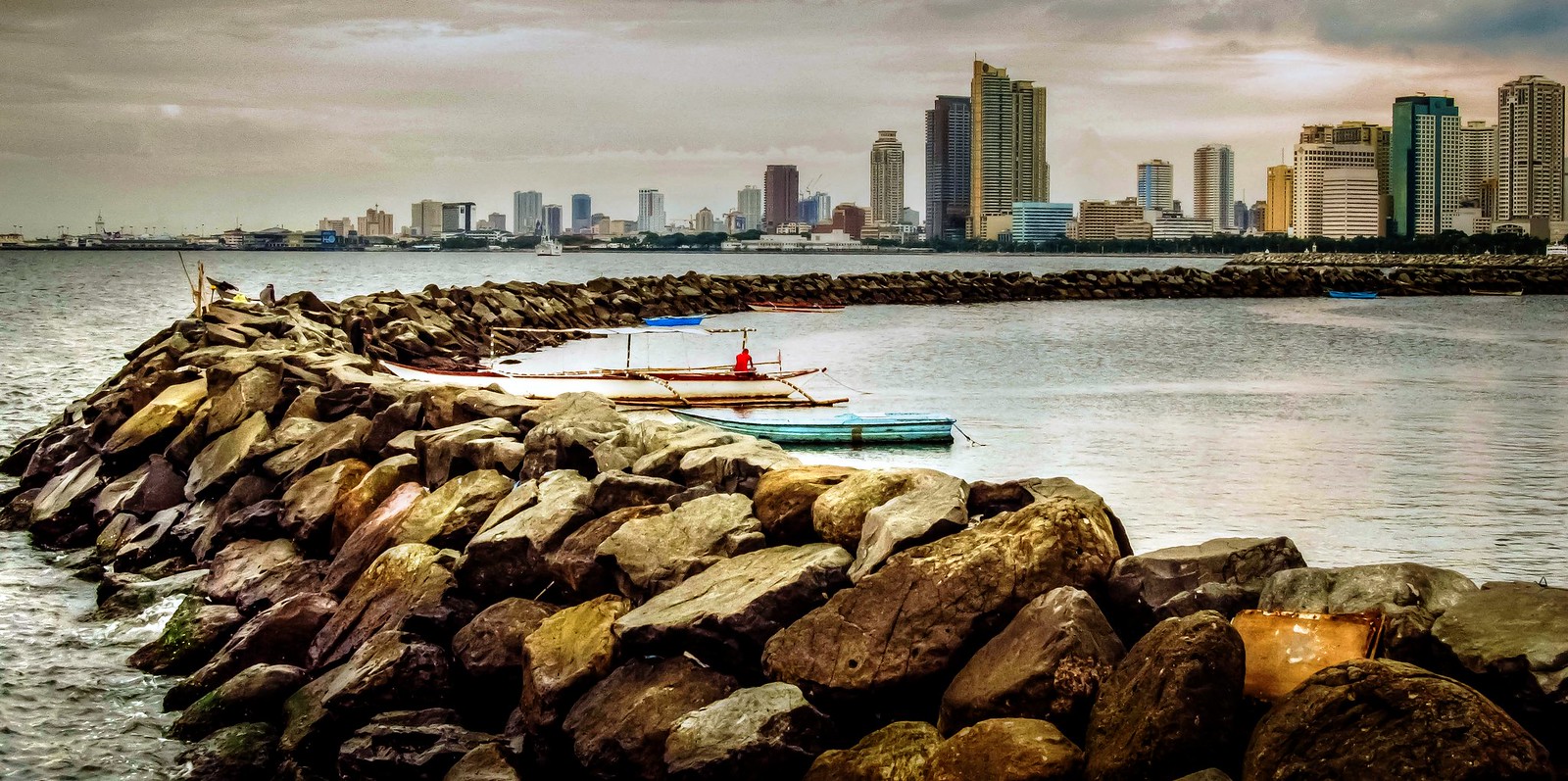 |
| My early socialization with non relatives of my age commenced within the elementary School from Grade 1 to 7. It was in the Summer of 1950, 5 years after WWII, when I began schooling. The limited amount of classroom space was clearly evident then for the newly established Parochial School. We just emerged from a destructive war, some of the destroyed edifices were still around. It did not bother me about the location, maybe of my innocence on the specter of death, as we have our class inside the catacombs located at the basement of Espirito Santo Church. I can recall the names of my favorite girl classmates, just like yesterday. To me, they seem to be much nicer, more intelligent than what I observed of the boys. My early perceptions of the bullies in the class, that they were probably motivated by competition for attention, and reminder of who rules the class. Those who grand stand though, was never given any quarter, as I have that early sense of justice to support the underdog. So it follows in the years, how many scraps I have to go thru. This is the same all through High School. It is also a lesson to know about myself, as my motivation to study depends on who my teacher was. The more attractive she was the more studious I became. The recently completed elementary education passed by like a breeze under mother superior, but here in High School it got rougher. Competition was tougher. Nowhere are the nuns there to protect a secluded life, you are left alone to decide for yourself, as adults. For me, U.P. Prep High, was another passage to adulthood. We learned more about classmates from the best among the best, chosen from different walks of life. You apply yourself to a diverse bunch of kids, invariably they were not from the same parish, like back in the elementary. My little world expanded by the distant location (two jeepney rides) of Padre Faura. Fascination in the field of Sciences and Mathematics from Liberal mentors instead of Religion gave me a glimpse of my future career. Disallowed text by the catholic church, accessed freely in High School, and devoured voraciously, led to the knowledge of my heritage, and our true history. My sensibility changed and it became more acute in the unequal treatment of less influential classmates by superiors. I accepted that life is not always fair but this observations led to my human inquiry about rural justice. The news of the era was about the HUK rebellion. We were led to believe by the mainstream Western Media, that all agitation against the central government are evil. We were brainwashed to think that people who fight to uplift themselves from social oppression were all bad. To look at the true story of the Insurrection in the Philippines, is to open both sides of society, the poor and the rich. I was born in a military family, so all these were of prime importance. In 1948 a full 75 percent of Luzon's population were peasants and, for these people, the postwar government had done little to mitigate their plight. Tenancy had returned, landlords ignored laws that established debt ratios for the farmers, and the courts invariably decided in favor of influential landlords. The gap between the Philippine upper classes and the peasant majority had widened since the war and independence, not contracted as many had hoped. FORT SANTIAGO As originally constituted in March of 1942, the Hukbalahap was to be part of a broad front resistance to the Japanese occupation of the Philippines. This original intent is reflected in its name: "Hukbong Bayan Laban sa mga Hapon", which was "People's Army Against the Japanese" when translated into English. The adopted slogan was "Anti-Japanese Above All". The Huk Military Committee was at the apex of Huk structure and was charged to direct the campaign and to lead the insurrection that would seize power after the war. With all these knowledge, I did not become a radical socialist, but I understood more the plight of the poor and the unequal justice they are subjected to. On the lighter side, I experienced my attraction to girls only to the extent of petty crushes. There was no particular girl, only by chance and opportunity in my classes, besides my limited allowance cramped my style, as designed by my spartan father. His ideas of hardships and limited allowance for adolescents, make for a resourceful and stronger adults in the future. A soldier’s training from the very start which I will never regret later in life. The sights and the next photos were a part of what I saw in my trips in High School or to the beloved rural areas. The sight of greenery, trees and wildlife, always excites me. Unto this day, I disliked urban life and prefer to live in the country where open space is abundant. Like a salmon’s intuition, berthed in a certain environment, will always come back for the same.
Church at the Campo Santo de La Loma. Today it is All Saints' Day. Filipinos observe this day by visiting their dead relatives in cemeteries and memorial parks and columbariums, go to church and light candles in commemoration of this day. | 1950’s Children Parties with cousins
Manila ChinatownPrior to the arrival of the Spaniards in 1571, trade between ethnic Filipino Malays and Chinese traders was already established in pre-colonial Manila.
The Jones Bridge, initially named as the Puente Grande and later known as Puente de España, crosses the Pasig River and connects the districts of the Binondo, Chinatown and Escolta areas with the center of downtown Manila. This bridge is considered to be the oldest in all of the Philippines.
President-elect Ramon Magsaysay with President Elpidio Quirino
Defense Secretary Ramon Magsaysay overseeing the capture of William Pomeroy, an American ideologist and leader of the Nueva Ecija Huk Propaganda Corps. Prior to assuming the presidency, RM was Defense Secretary in Pres. Elpidio Quirino’s Cabinet.
Manila American Cemetery and MemorialManila American Cemetery and Memorial is located in Fort Bonifacio
|
|
| Although La Loma was not a haunted Cemetery, to my belief, there was a time I got stranded after an afternoon play with a classmate. It became a different setting when darkness fell, I felt so alone and just walked fast to get away from the surrounding concrete fence of La Loma. I have been there in 1953 to 1957 and many stories of the ghost of recent burials and internments were circulating around. The image of a young Japanese artillery officer with a close beard haunted the outside graves. Walking in short pants with his samurai sword slung at his side wearing his soldier’s tunic, or seen sitting alone smoking. The description is aptly backed, by the presence of canons, field pieces in the cemetery. He just walks up to visitors and usually asks for a light. Many startled mourners say he will attend a funeral and walk up at the end of services tap you on the shoulder ask for a light. Simply it has been said that, you turn and he's not there.
Camp O'Donnel (Capas Tarlac). the American sector of the war memorial.The Cement Cross In wishing to honor our comrades who died so far away from home the battling bastards of Bataan Death March commissioned the construction of this Replica of the “Cement Cross” in the hope that all those who may pass by to view this memorial will remember the many young Americans who gave their lives in defense of their country and of the Philippines. In June of 1942 the Japanese authorities at the American side of the Prisoner of war enclosure at Camp O” Donnell, two kilometers north of this site presented the prisoners with some Cement. The American Prisoners decided to build a Cement Cross to honor the memory of their dead comrades. Completed later that month. The cross remained hidden amidst tall grass until was discovered by returning American Forces in 1945. Left where it originally stood unknown to most and battered by the elements. The cross was again forgotten. Rediscovered by Bataan Veterans visiting the area in 1961. The cross became the historical symbol of the American Prisoner of war enclosure and its dead. When American military presence ended in the Philippines in 1992. The cross was brought to the National Historic Site Andersonville, Georgia, USA. Where it is now kept and displayed. This Replica stand as a reminder of America’s unprepared ness before the outbreak of World War II. | 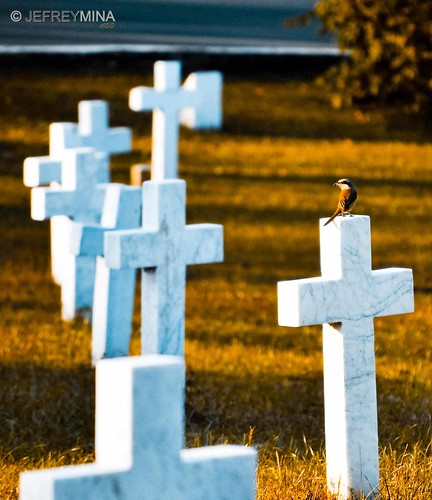 Libingan ng mga BAYANICoast Guard At Port Area Manila left photo, La loma Cemetery next above, Libingan ng mga Bayani (heroes cemetery) Fort Bonifacio close to where we live at the Navy Village, Fort William McKinley then (Fort Bonifacio) It was the final stage of the tragic death march and a concentration camp with an open field which served as the dumping grave site of Filipino and American soldiers who died with debilitating diseases. It has witnessed the endless sufferings of the sick and the neglected only to die, then dropped in mass with three and half feet depth and those who survived the darkest moments of their lives, they narrated with tears clouding their eyes, the traumatic experiences encountered during their detention, as they gasped with depression and sadness and said CAMP O” Donnell, that was.
| 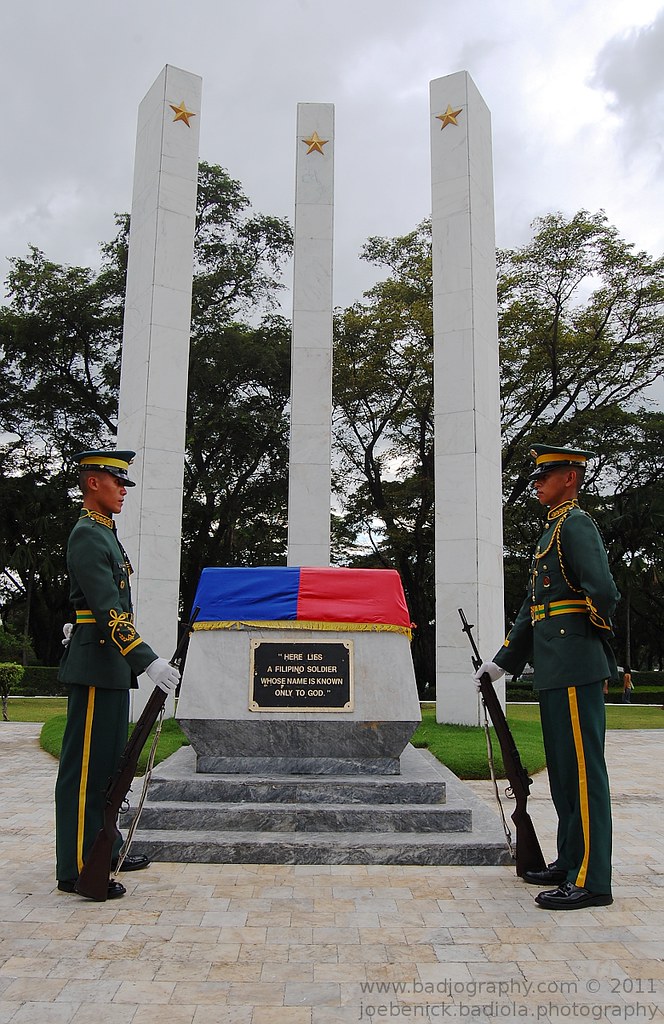
Camp O'Donnel (Capas Tarlac). the American sector of the war memorial.
Bataan Death March Box CarIn San Fernando the POW’s where loaded on the trains bound for Capas, Tarlac, The Boxcars normally carried 50 persons, but the Japanese packed them up 100 to 115 Prisoners. At each stop, The Boxcars were open to give the Prisoners fresh Air. The POW’s got off the train at Capas and marched the final kilometer to Camp O” Donnell.
Bataan Death March 1942. Prisoners of war on the Bataan Death March. (U.S. Air Force photo). The Bataan Death March (also known as The Death March of Bataan) took place in the Philippines in 1942 and was later accounted as a Japanese war crime. The 60-mile (97 km) march occurred after the three-month Battle of Bataan, part of the Battle of the Philippines (1941–42), during World War II. In Japanese, it is known as Batān Shi no Kōshin (バターン死の行進?), with the same meaning. |
|
Coast Guard Cutter in the Port Area, similar to ships we used to patrol offshore later on. Remnants of Daniel Burnham's stamp in Manila - the old Dewey Blvd. - now Roxas Blvd. Driving through the boulevard feels like driving through Chicago's Lake Shore Drive ... This picture of the boulevard feels like it was taken from a highrise on Chicago's Lake Shore Drive near Goethe and Inner Drive. The US Embassy is situated along this boulevard around the area of the lights jutting into the bay.
Remnants of Daniel Burnham's stamp in Manila - the old Dewey Blvd. - now Roxas Blvd. Driving through the boulevard feels like driving through Chicago's Lake Shore Drive ... Actually Burnham designed plans for Manila (1905) before he designed Chicago (1909). Parts of the design, based on the City Beautiful movement were implemented - like this boulevard along Manila Bay. He also designed Baguio City, the summer capital of the Philippines, situated up in the mountains of Northern Philippines.
|
|
On the foreground (right bottom) is one of the American colonial style buildings in the city of Manila ... that was a part of Daniel Burnham's plan for the Manila and most probably designed by Burnham's proteges. (This may be the old Finance Bldg.)Escolta, Bergs on your right, Lyric movie theater further out to the right. Lyric Theater- a theater house that I used to get in and watch Splendor in the Grass, From Moment to Moment located in Escolta, Manila. It was owned and operated by Eastern Theatrical, Inc. At the far end of Escolta is one of the most beautiful streetscapes in the city with two breathtaking pre-World War II buildings facing each other: the Regina Building and the Perez-Samanillo.
Historic Quezon City. Manuel Quezon's burial monument located at Quezon City Circle, Quezon City. Left, Tanay valleys and mountain ranges that I love so much.In my time, it was infested with NPA and HUK’s guerillas. The Hukbalahap movement has deep roots in the Spanish encomienda, a system of grants to reward soldiers who had conquered New Spain, established about 1570. This developed into a system of exploitation. In the 19th century, Filipino landlordism, under the Spanish colonization, arose and, with it, further abuses. Only after the coming of the Americans were reforms initiated to lessen tensions between tenants and landlords. The reforms, however, did not solve the problems and, with growing political consciousness produced by education, peasants began to unite under educated but poor leaders. The most potent of these organizations was the Hukbalahap, which began as a resistance organization against the Japanese but ended as an anti-government resistance movement. |
|
|
mother’s birth place, Lingayen Pangasinan Capitol at Lingayen, Pangasinan
Sanctuario de San Antonio, Forbes Park, Makati, Metro ManilaMemory of War
|
The place where the parish church of Espiritu Santo stands now was an old cemetery, officially closed by the Sanitary authorities already in 1913 due to the growing population in the vicinity. (There was a tree that served as an improvised belfry; on its branch hanged a bell. The two young seminarians studying at CTS, Juan Tugadi and Tomas Pacano, used to climb it to ring the bell. The two later became SVD priests.) In January 1926, Archbishop Michael O.Doherty of Manila blessed the place where a church dedicated to the Holy Spirit was soon to rise. His Excellency gave a substantial donation for the construction of the church in the amount of P20,000.00. In 1928 our SVD missionaries started the construction of a church building. When Fr. William Finnemann was consecrated Auxiliary Bishop of Manila in 1929, Fr. Philip Beck took over as parish priest in December of 1931 - to him fell the burden of continuing the construction of the church. A crypt which contained 444 niches was built underneath the altar. The niches were sold to local residents and the proceeds used for the completion of the church. After much sacrifice and support from generous benefactors, parishioners and friends, the church was finally finished. It was blessed on the occasion of the parish fiesta on May 14, 1932 by Bishop William Finnemann himself - the first parish priest of Espiritu Santo Church. Baclaran Church below Baclaran Church
Saint Joseph Parish School |
| February 9, 1946, the Capuchins obtained the official authorization from the government to restore the church of Lourdes in Intramuros. An official letter indicating the approval of the church and its condition, a plan of the church building was approved and signed on February 17, 1946. However, the Capuchins decided to build a beautiful and wide church in Quezon City, Retiro St. because Intramuros was a deserted place, abandoned by people and nobody’s land. The property of Intramuros where the Church of Lourdes and the Central House was sold to support the building of the new church at Quezon City. |
|
|
|
|
Oscar Ledesma Building on the left, north corner of General Luna and Real streets Oscar Ledesma Building on the left, cater-cornered across from San Agustin Church, Casa Manila on the right, Intramuros, Manila, Philippines
War scared Oscar Ledesma Building, street scene in 1956 Intramuros, Newspaper wire photograph. On the back is written:War scars still remain | Pagsanjan Falls
Old building near Binondo Church that was built before and survived WWII
binondo church |
Binondo Church
Lourdes Church FacadeOL of Lourdes Fiesta 2010, OL of Lourdes Shrine, Amoranto Ave., Q.C., Philippines
Portal to Old San Lazaro Hospital Ruins Shrine of St. Lazarus, Avenida Rizal cor. Tayuman,
|
|
San Beda Church (Manila) A Swedish architect, George Asp, designed the church that was completed in 1925. Fr. Peter Celestine Gusi (OSB) later added the side chapels and galleries between 1947 and 1958 |
San Beda Church (Manila)The church is reknowned for its paintings that were done by Fr. Lesmes Lopez (OSB) and Bro. Salvador Alberich (OSB) from 1930 until 1939.Right Photo San Beda Church (Manila) A closer view of the main altar. |
|
|
Old San Lazaro Hospital Ruins. Shrine of St. Lazarus, Avenida Rizal cor. Tayuman, Manila.The Manila Jai Alai Building was a building designed by American architect Welton Becket that functioned as a building for which jai alai games were held.[1] It was built in the Streamline Moderne style in 1940 and survived the Battle of Manila. It was considered one of finest Art Deco buildings in Asia. It was demolished on 2000 upon the orders of the Mayor of Manila Lito Atienza amidst protests, to make way for the Manila Hall of Justice, which was never built | Summer of 1950 sparked the beginning of the Korean War. As a police action the United Nations sent 16 member nations to uphold peace and democracy in South Korea. One of these countries was the Philippines who arrived in September of 1950. Very little is known about the Philippines' participation in the Korean War, let alone the soldiers who fought for democracy. These are their memories, the memories of the Forgotten. Jai Alai structure on Taft Avenue, photo at the right and below. | 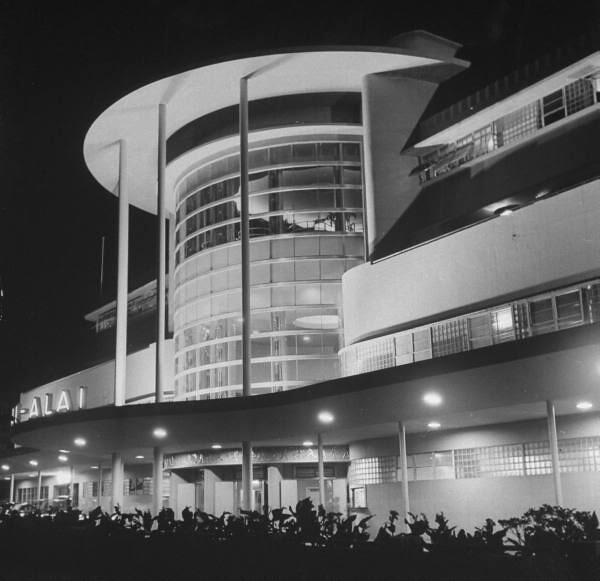 |
|
Old San Lazaro Hospital Ruins Shrine of St. Lazarus, Avenida Rizal cor. Tayuman, Manila |
|
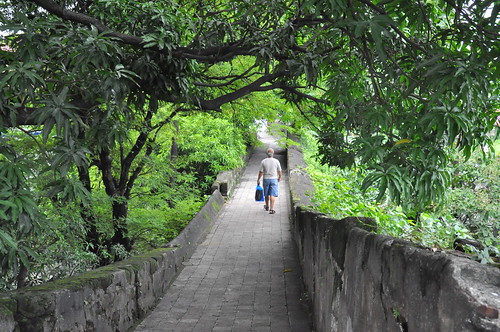
|
San Lazaro Leisure Park Race Track
San Lazaro Leisure Park RaceThe Jesuits built the first Roman Catholic Church in the area where the present Santa Cruz Parish stands on June 20, 1619. The Jesuits enshrined the image of the Our Lady of The Pillar in 1643 to serve the pre-dominantly Chinese residents in the area. The image drew a lot of devotees and a popular cult grew around it. On June 24, 1784, the King of Spain gave the deeds to about 2 km² of land that was part of the Hacienda de Mayhaligue to the San Lazaro Hospital which served as a caring home for lepers in Manila at that time. At the Santa Cruz Parish, a small park was built that linked the area into the headquarters of the Spanish cavalry, the building that once was the College of San Ildefonso, operated by the Jesuits. The district in the Spanish times also had a slaughter house and a meat market and up north was the Chinese cemetery. The Franciscan fathers were given the responsibility to care for the lepers of the city and specifically the San Lazaro Hospital. A Fr. Felix Huertas developed San Lazaro into a refuge for the afflicted and it became a famous home for those afflicted in the north side of the Pasig River.
47 Lincoln 76H Sedan with it's 292c.i. 2BBL 125 H.P. Flat Head V-12, 3 Speed Manual Transmission, Stock Rear Axle & Gear Ratio. The video above is the same as my first car. Like any boys yearning to have his wheels and freedom, I learned to drive at the age of 14 barely reaching the gas pedal and my head above the dashboard. Later I bought the car from my father at the measly sum of 100 pesos. The Philippine General Hospital located on Taft Avenue beside my High School at Padre Faura was a public hospital but regardless was fortified by the Japanese in violation of the Geneva Convention. Inside there were many Filipino patients and several thousand Filipino refugees that were seeking what they thought would be safe shelter. On the roof on both ends there were large white circles with large red crosses. From Feb. 14 to Feb. 17, 1945 the Americans shelled the area. Some of the shells hit the buildings and many innocent Filipinos were injured and many lives were lost. Notice that the right end of the building was hit with an exploding shell. And notice a hole through the roof on the left end of the building in the white circle area close to the red cross where a shell hit but did not explode. Tutuban Railroad Station This was the train station where we started our Field trips in Luzon, both the Bagiuo and the Bicol destinations. I remember how parents said their goodbyes, as if in the movies, like us going to a long journey to war. Though, my imagination here was running wild, it served me well, to learn the independence of traveling, even within a group of classmates. The construction of a railway line traversing the island of Luzon was initiated according to a plan submitted by Don Eduardo Lopez Navarro, then head of the Public Works Office. The line stretches from Tondo, Manila to Dagupan, Pangasinan. On July 31, 1887, the cornerstone of the Tutuban Station was laid by General Emilio Terrero, marking the start of the railroad track. When the PNR began its operations on November 24, 1892, Tutuban Station became a place of business. It opened its doors to businessmen coming from different parts of Manila. Commerce played a large role in awareness about Tutuban, and it served as an important trading complex due to its very strategic location in Divisoria. Produce coming in by bulk from several provinces are unloaded in the station, and then distributed to retailers awaiting at the station. The etymology for the name “Tutuban” was believed to have come from the sounds made by the locomotives stationed in the area. However, the word actually comes from “tuba,” the name of the local alcoholic drink made from coconuts, since previously Tutuban was the center of production of this beverage. Natives referred to the place as Tubaan ... meaning a place where the "tuba" (native alchoholic beaverage) came from. Tutuban Station is also famous for being the birthplace of the revolutionary Andres Bonifacio. In commemoration, a monument stands in the current mall's plaza.
Tanay Lighthouse |
San Lazaro Leisure Park Race Track
Hauling Manila hemp fiber to market,
Binondo Church is located in Manila's Chinatown at the western end of Ongpin Street, Binondo. This church was founded by Dominican priests in 1596 to serve their Chinese converts to Christianity. The original building was destroyed by a bombardment by the British in 1762 during their brief occupation of Manila at that time. The current granite church was completed on the same site in 1852 and features an octagonal bell tower which suggests the Chinese culture of the parishioners. Binondo Church was greatly damaged during the Second World War, although fortunately the western facade and the octagonal bell tower survived.
Tanay, lake meets the mountain, my town of birth. It was always my refuge from city life, out in the mountains and Laguna de Bay. |
|
Sampaloc, Tanay My Grandfather’s Homestead sold for a measly sum gave me a strong lesson about the intrinsic value of land. Moral lesson gained….Accumulate and never to sell unless to exchange for a bigger valuable parcel.
Tanay hidden valley. These were the mountains used as hideouts by the NPA. Beginning in 1951, however, the momentum began to slow. This was in part the result of poor training and the atrocities perpetrated by individual Huks. Their mistreatment of the peoples made it almost impossible for them to use the mountain areas where the town people lived, and the assassination of Aurora Quezon, President Quezon's widow, and of her family by Huks outraged the nation. Many Huks degenerated into murderers and bank robbers. Moreover, in the words of one guerrilla veteran, the movement was suffering from "battle fatigue." Lacking a hinterland, such as that which the Democratic Republic of Vietnam (North Vietnam) provided for Viet Cong guerrillas or the liberated areas established by the Chinese Communists before 1949, the Huks were constantly on the run. Also the Huks were mainly active in Central Luzon, which permitted the government to concentrate its forces. |
The principal factors were continuous tenant-landlord conflicts, in which the government actively took the part of the latter, dislocations caused by the war, and perhaps an insurrectionist tradition going back several centuries. According to historian Benedict Kerkvliet, "the PKP did not inspire or control the peasant movement . . . . What appears closer to the truth is that the PKP, as an organization, moved back and forth between alliance and nonalliance with the peasant movement in Central Luzon." Most farmers had little interest in or knowledge of socialism. Most wanted better conditions not redistribution of land or collectivization. |
|
|
|
The eagle above has the likeness of a Phoenix. The phoenix has long been presented as a symbol of rebirth, immortality, and renewal. From the ashes, we were born during those extraordinary times, in the crucible of World War II, then in later years, the most changes and perhaps the last of the innocent generation. The years from 1943 to 1945 are considered to be the silent (war babies) generation, between the so called hero and the baby boomer generations. The war years, reflected my perception of this period that significantly impacted everybody. If not for the war and the turn of events, maybe we would not be even here. In truth, it is our trademark as war babies. How we and our parents survived the trials and tribulations of that era maybe a feat worthy to be written in the book of adventures. I have passed over 60 years of my life, but I still have vivid memories of the halls, and classrooms at Rizal Hall. I can not deny my deep feeling of warmth to this great school. Among the colleges that I have attended in the Philippines and in the USA during my academic life, my particular fondness is always with the University of the Philippines. I and like every alumni of the U. P. Preparatory High School should be so proud of this University and the rich traditions that it represents…ASC When we were young, we were in a hurry to grow up Tomorrow, the tomorrow is uncertain Now that our wish came true |
U. P. Prep High School 1961 Rizal Hall...
|
|
|   |






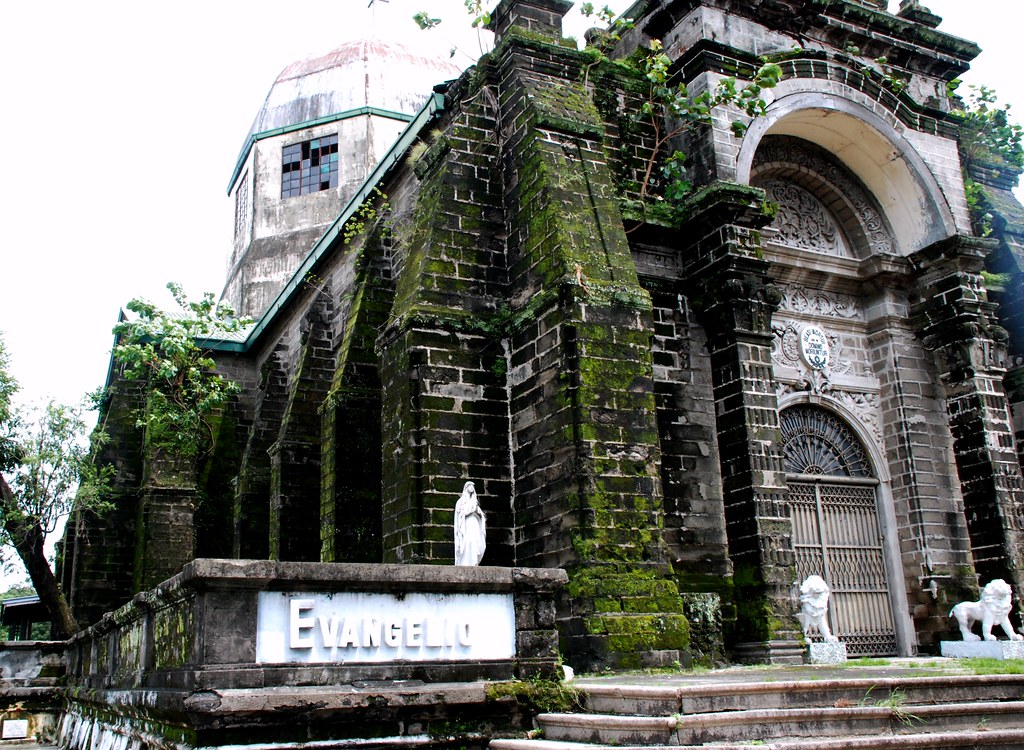


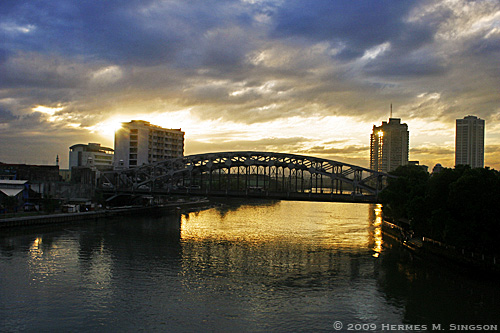

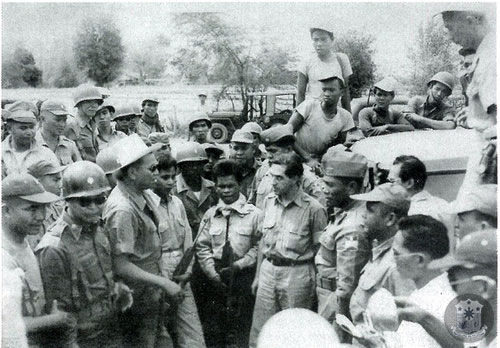
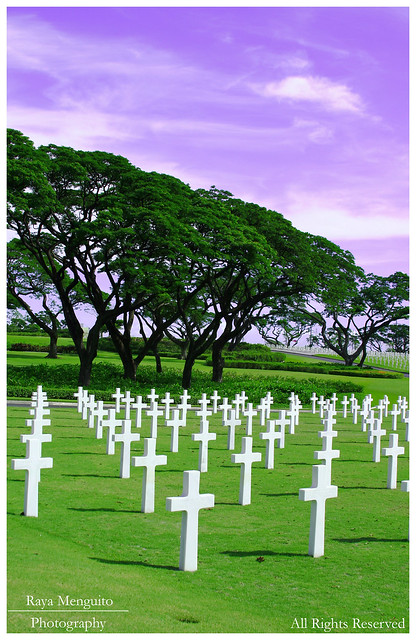


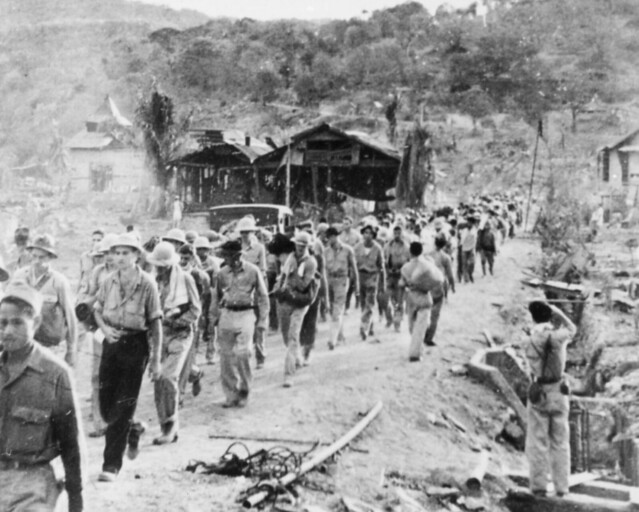
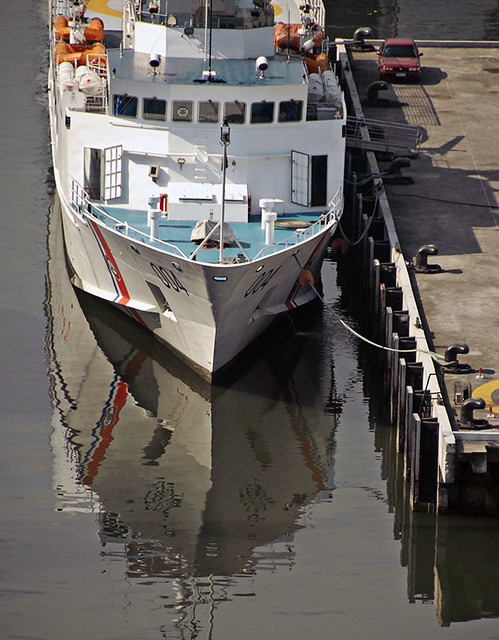
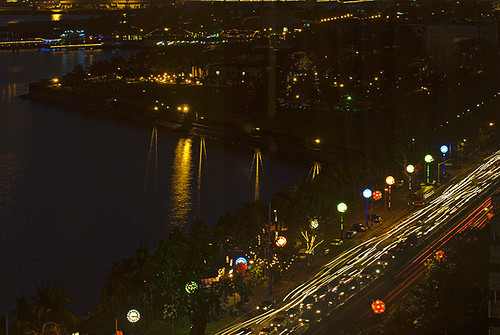
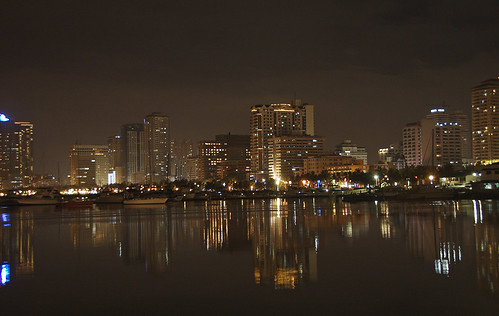
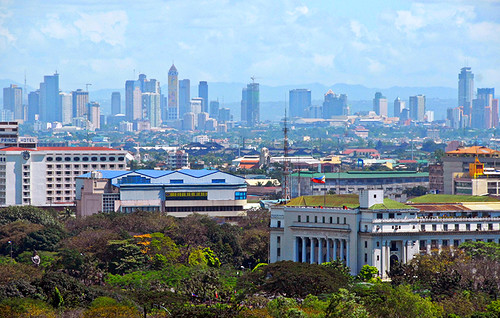
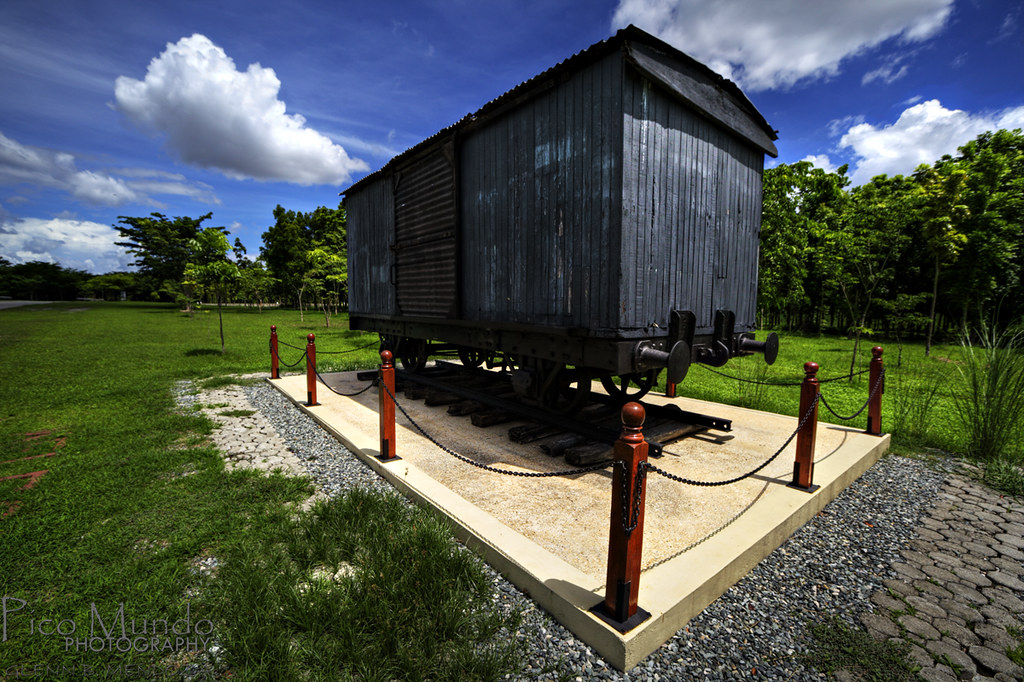

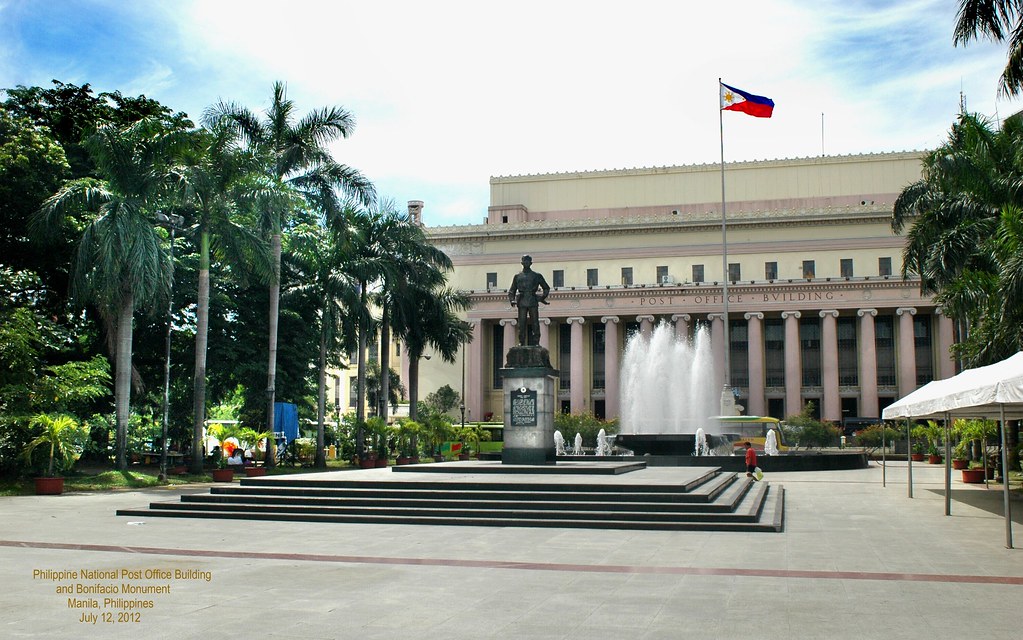
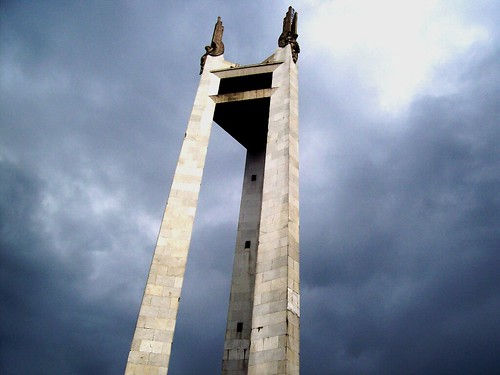

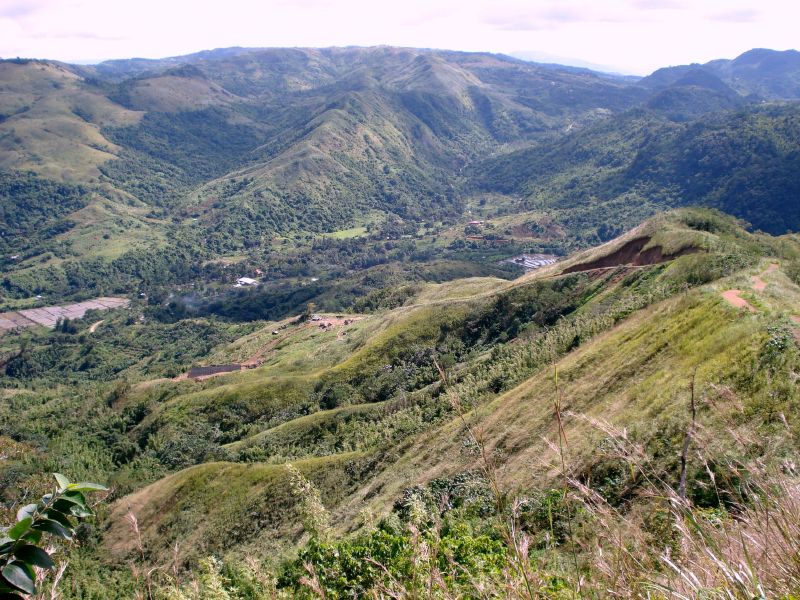
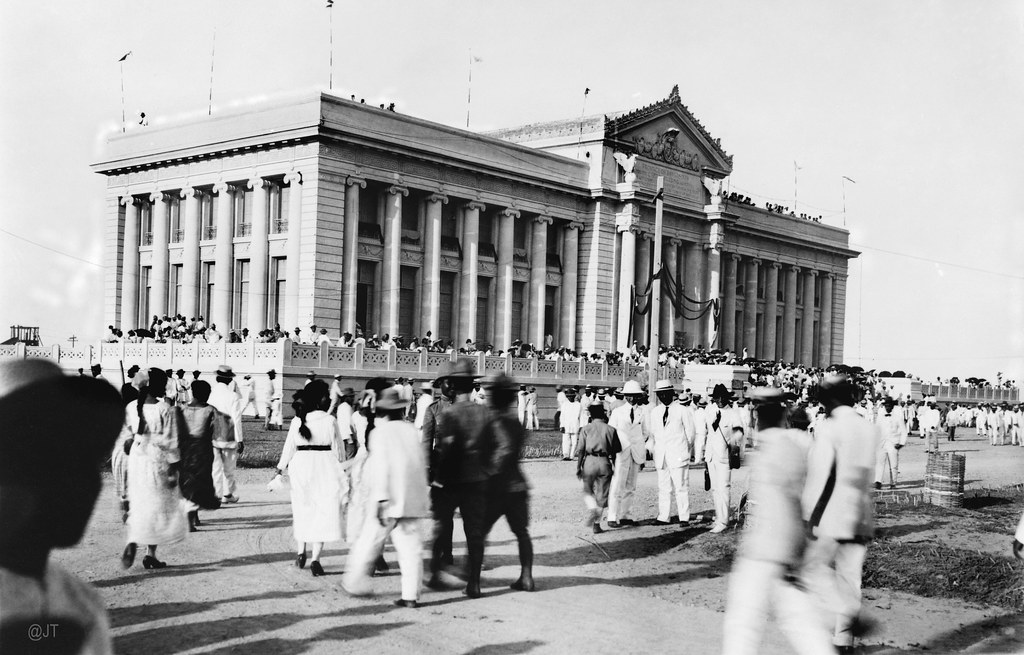 My
My


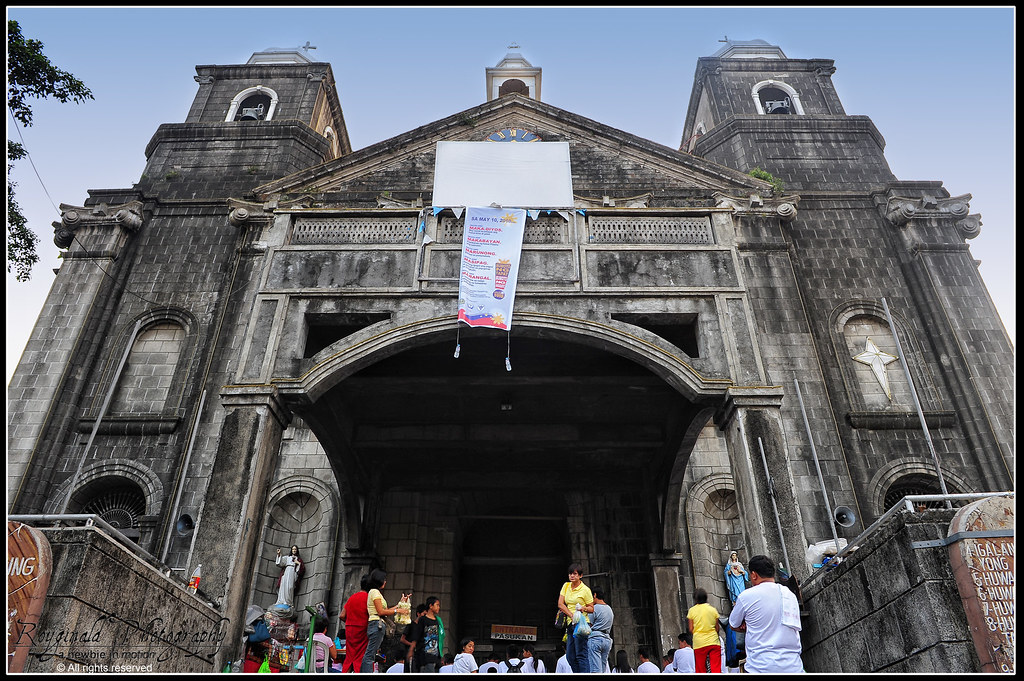
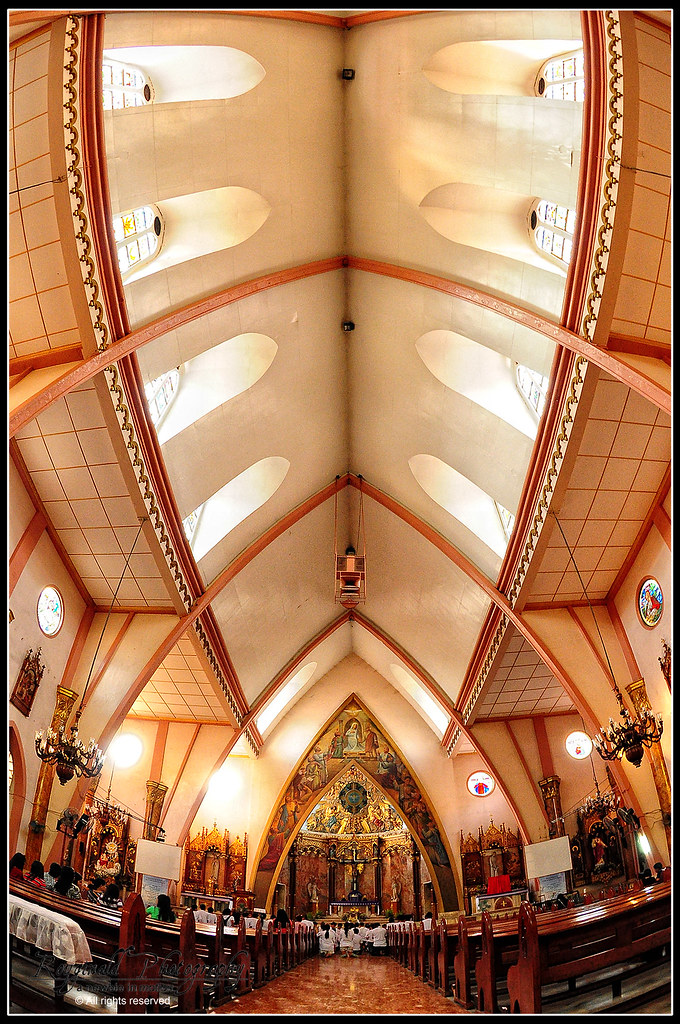



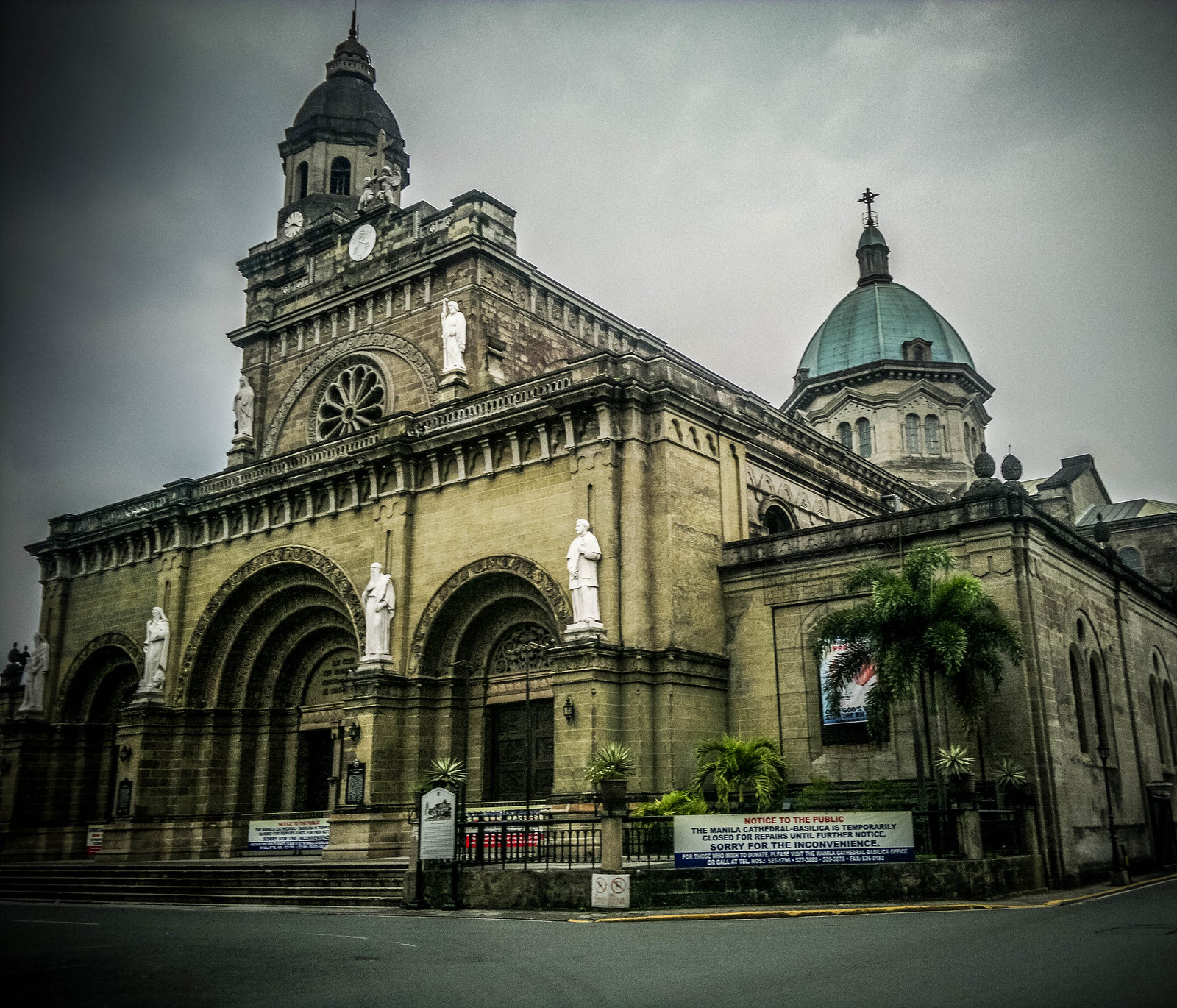




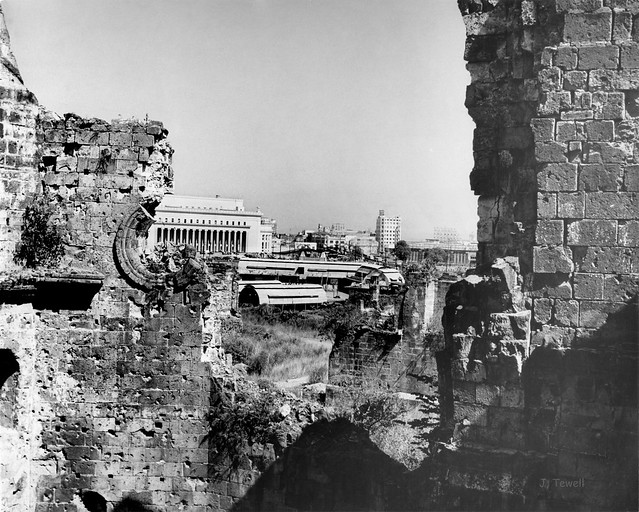

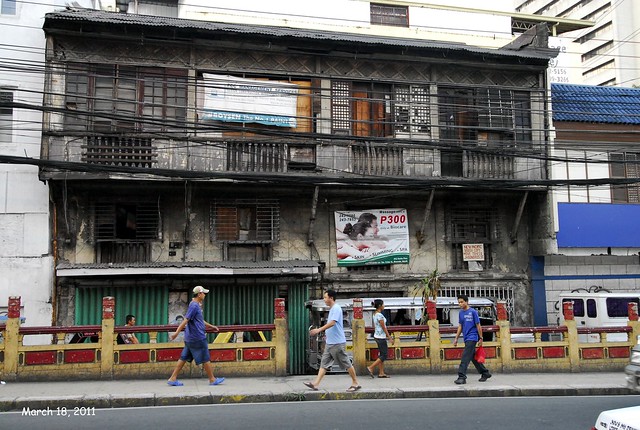
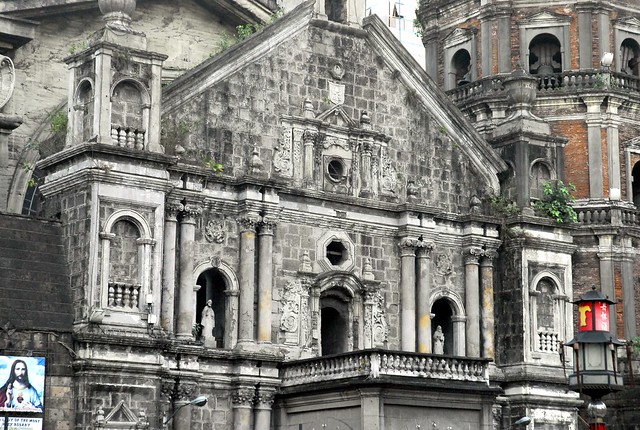
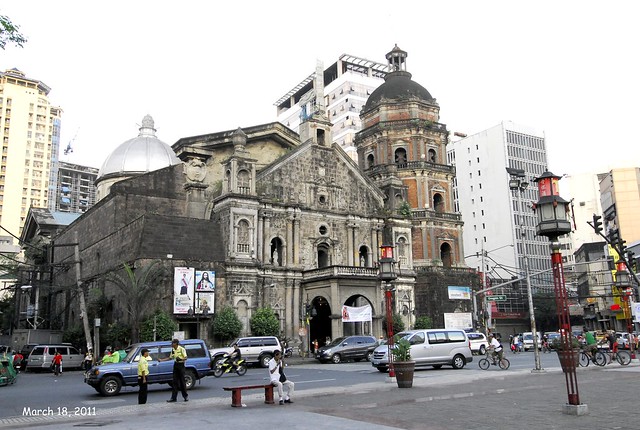
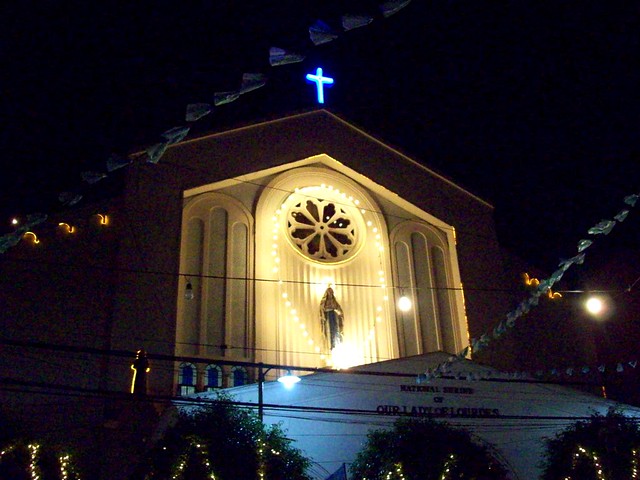
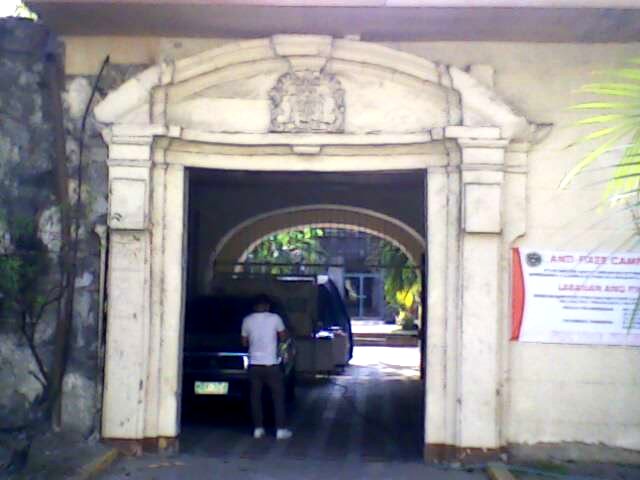
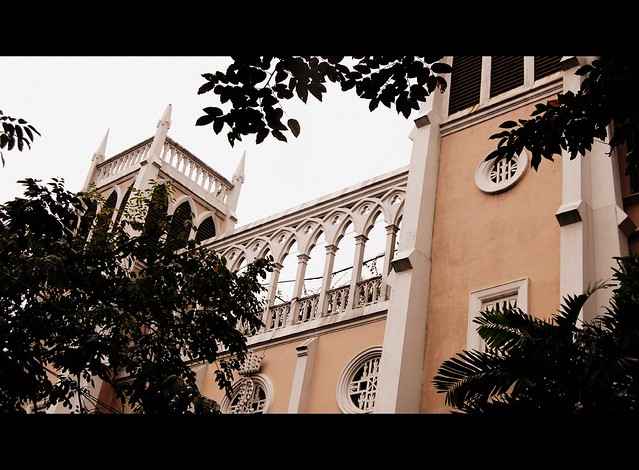
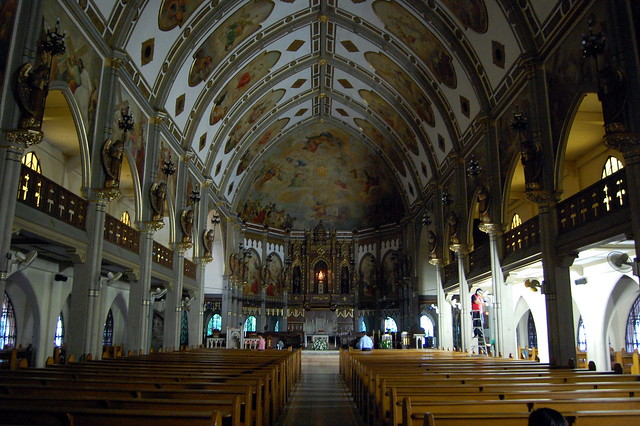
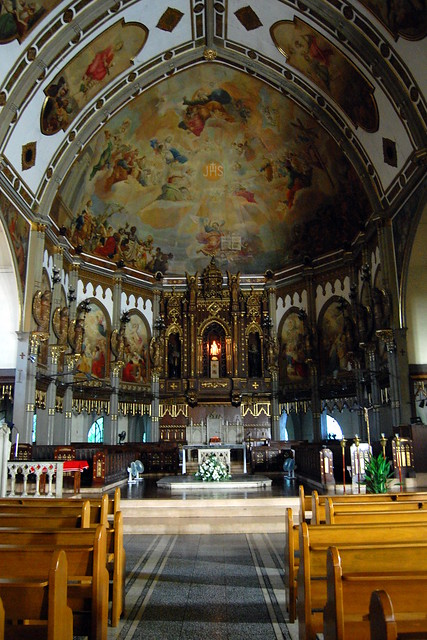
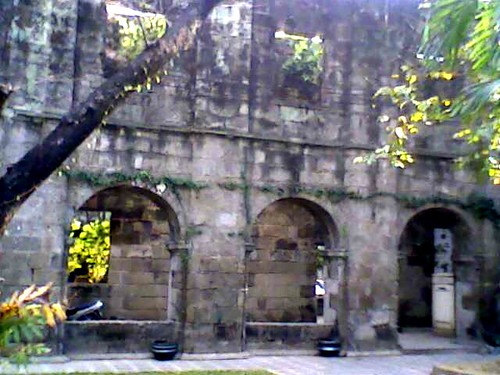


 Paco Park ( Manila). Visita Iglesia during vacation in the Philippines. Paco Park's Chapel of San Pancratius is where the remains of Spanish colonial Governor General Ramon Solano was interred. The park was originally designed by Nicolas Ruiz as a cementery of the Spanish colonial elite. It was built in the later years of the 1700s making it one of the oldest, if not the oldest, cementery in the Philippines. The GOMBURZA martys- Fr. Mariano Gomez, Fr. Jacinto Zamora, and Fr. Jose Burgos- were buried here after their execution in 1872. Twenty-four years later in 1896, the executed Dr. Jose Rizal was also secretly buried in the cemnetery. His remains were later exhumed in 1912 and moved to what his now his grand monument at the Luneta. Interment in the cementery was probihited in 1912 and most of the remains of those who were buried were moved out. The cementery became a national park in 1966.
Paco Park ( Manila). Visita Iglesia during vacation in the Philippines. Paco Park's Chapel of San Pancratius is where the remains of Spanish colonial Governor General Ramon Solano was interred. The park was originally designed by Nicolas Ruiz as a cementery of the Spanish colonial elite. It was built in the later years of the 1700s making it one of the oldest, if not the oldest, cementery in the Philippines. The GOMBURZA martys- Fr. Mariano Gomez, Fr. Jacinto Zamora, and Fr. Jose Burgos- were buried here after their execution in 1872. Twenty-four years later in 1896, the executed Dr. Jose Rizal was also secretly buried in the cemnetery. His remains were later exhumed in 1912 and moved to what his now his grand monument at the Luneta. Interment in the cementery was probihited in 1912 and most of the remains of those who were buried were moved out. The cementery became a national park in 1966.
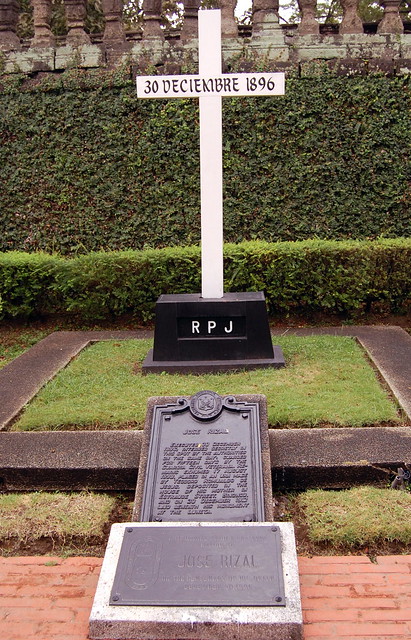


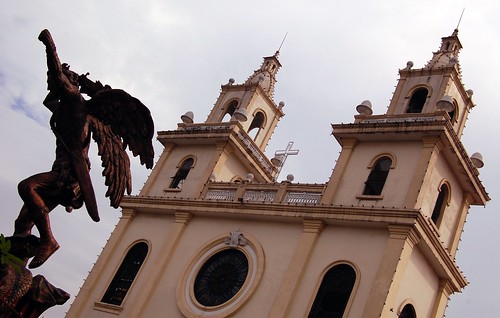

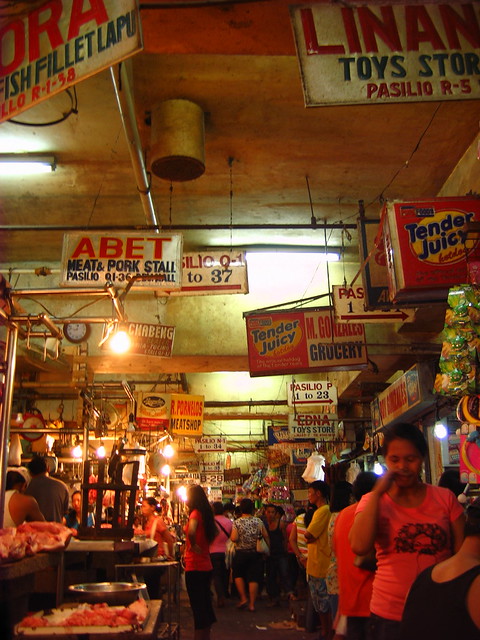

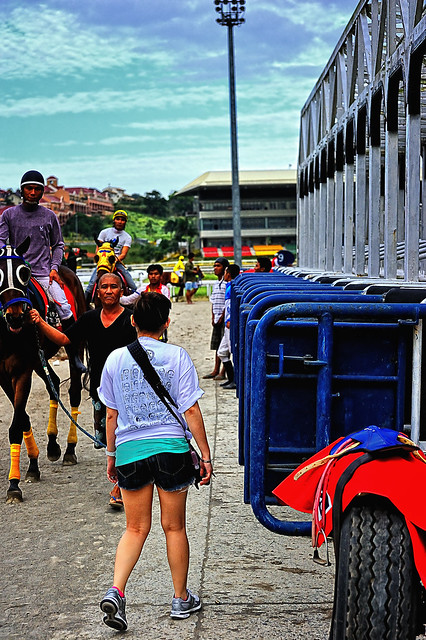

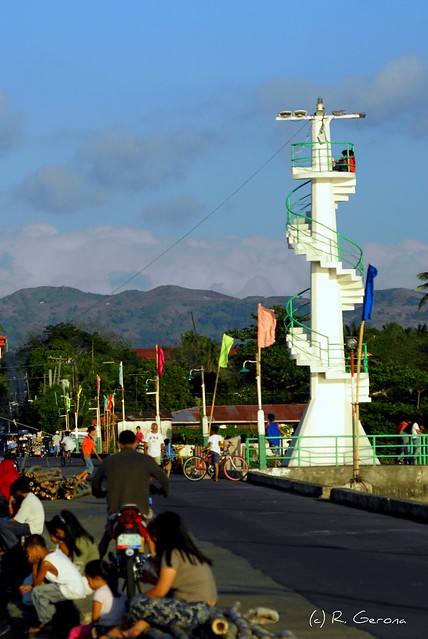
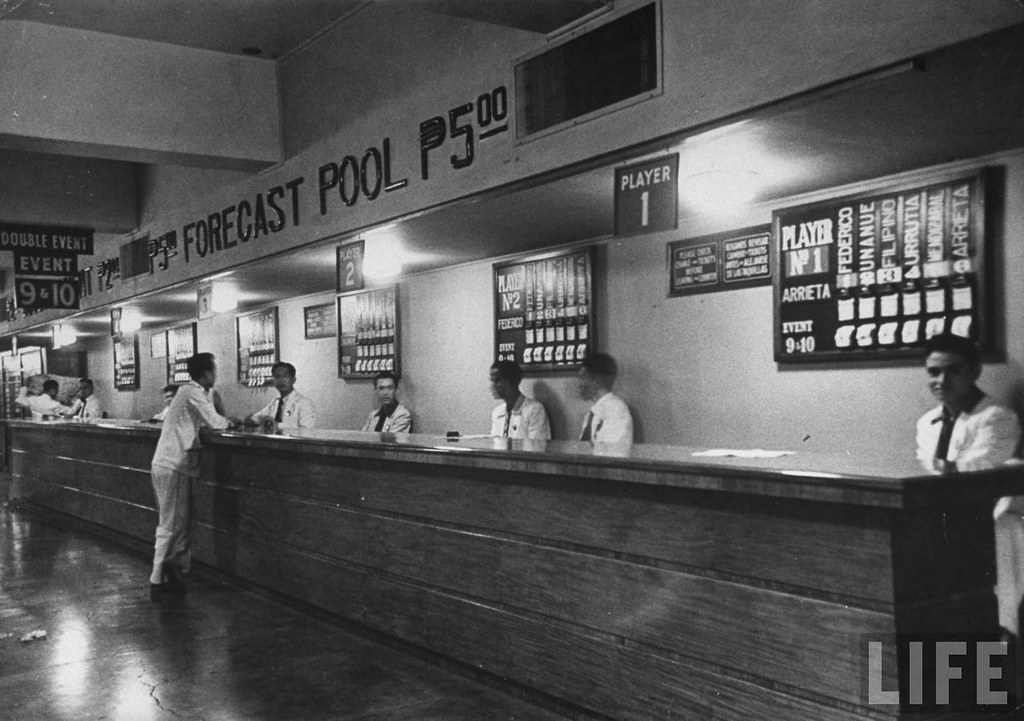 Jai Alai
Jai Alai
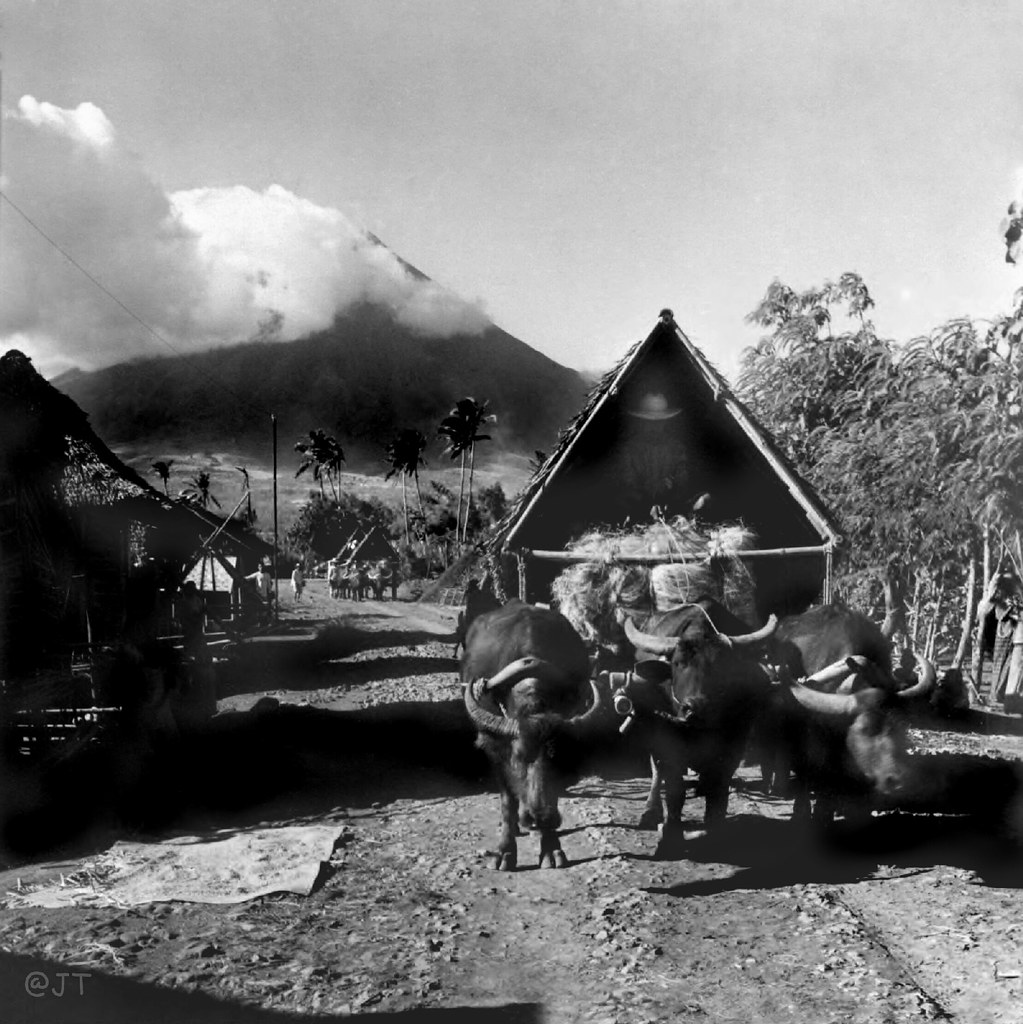
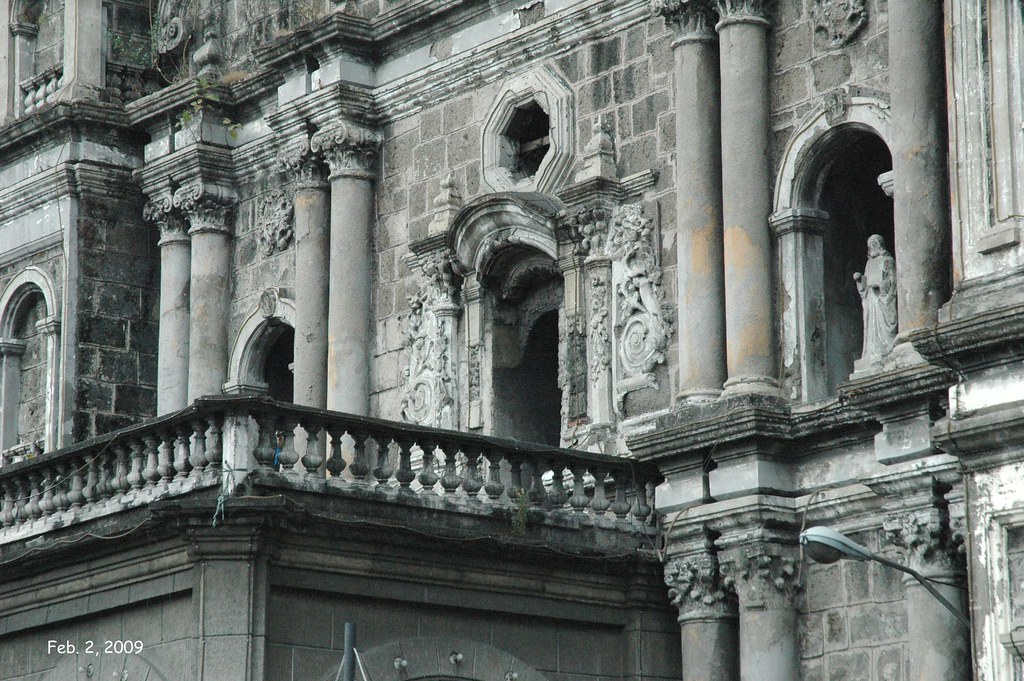

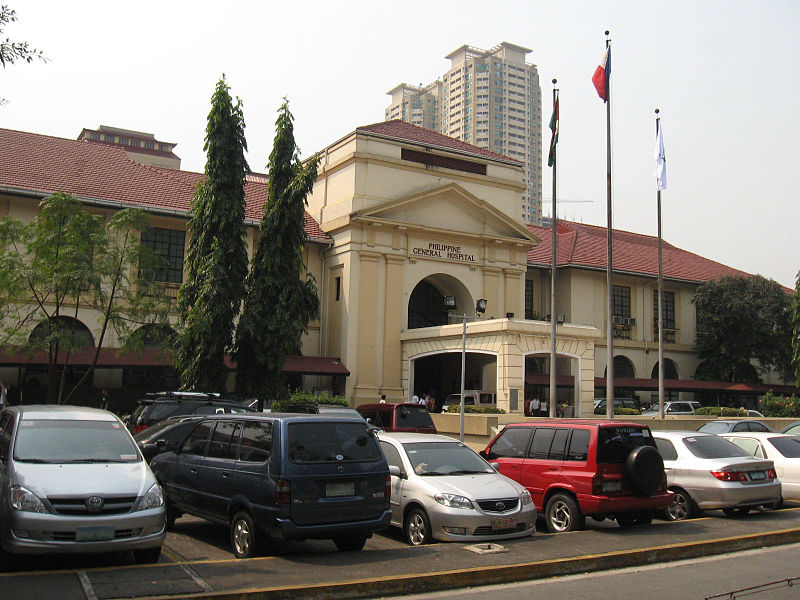

 Old Tutuban Railway Station as I saw it during the 1950’s.
Old Tutuban Railway Station as I saw it during the 1950’s.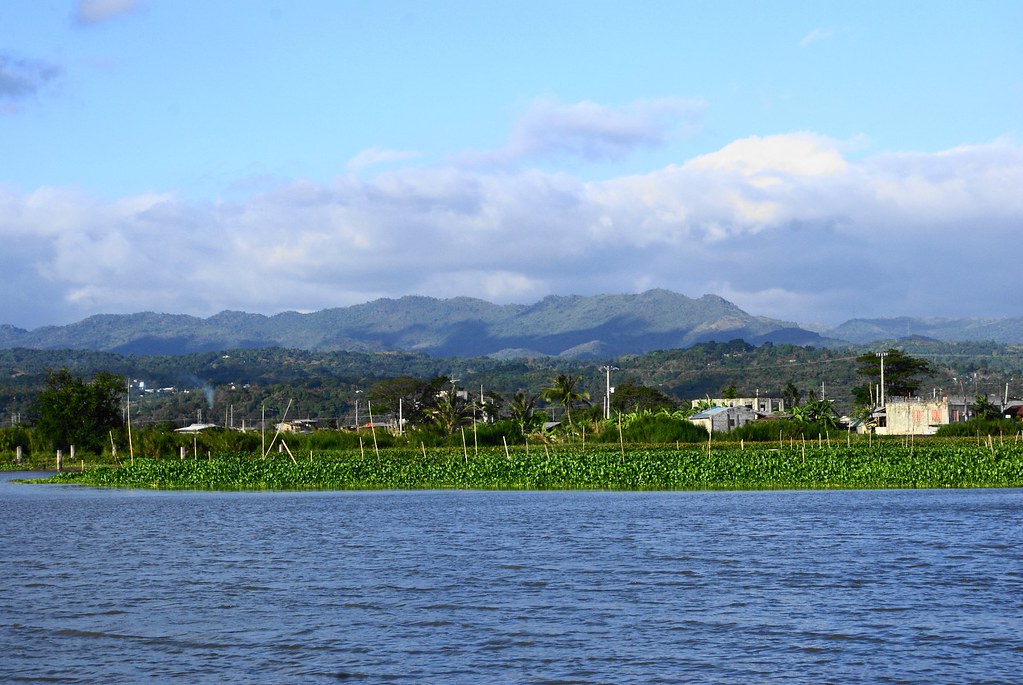
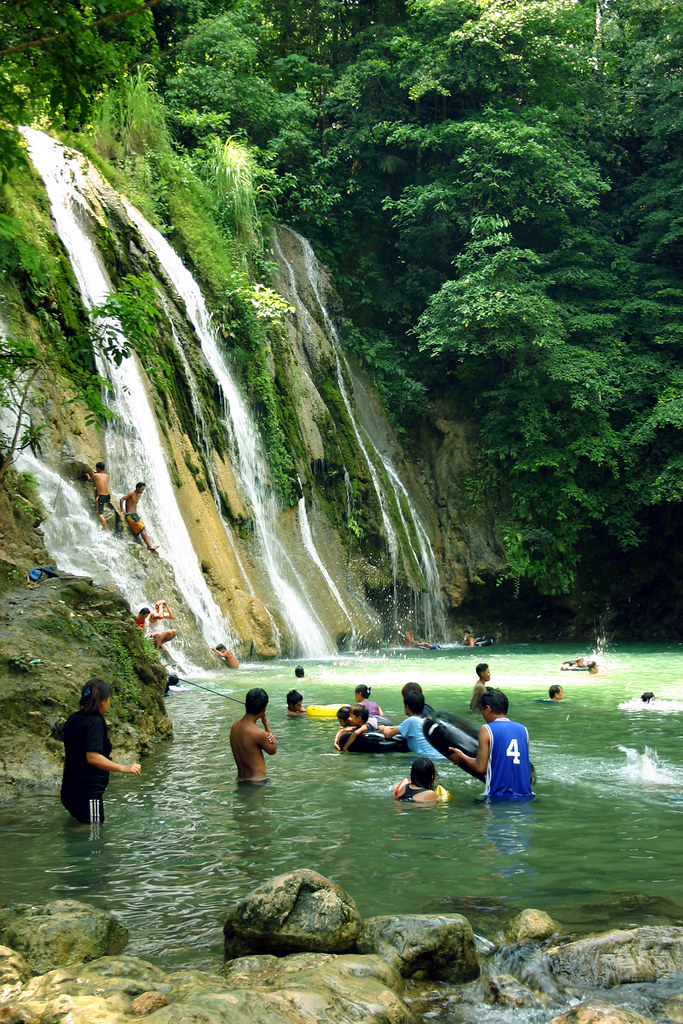

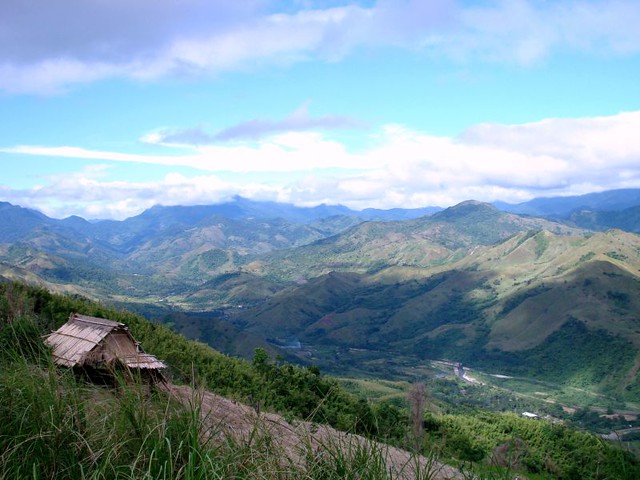
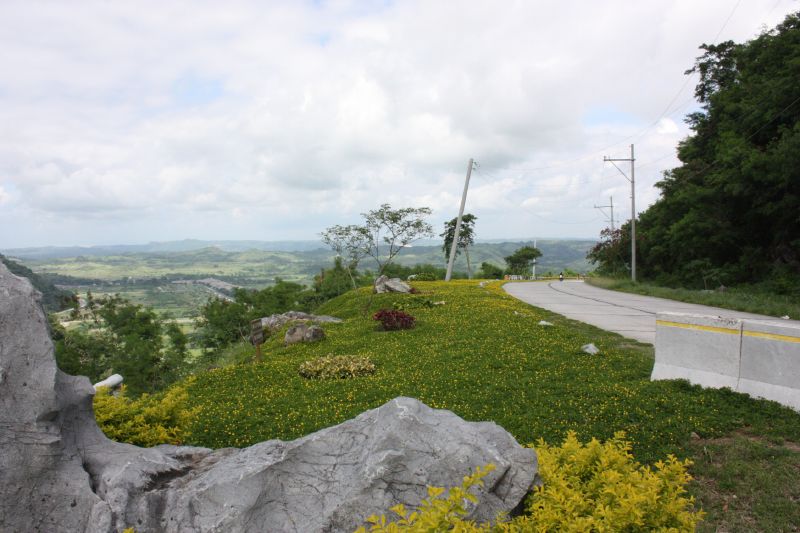
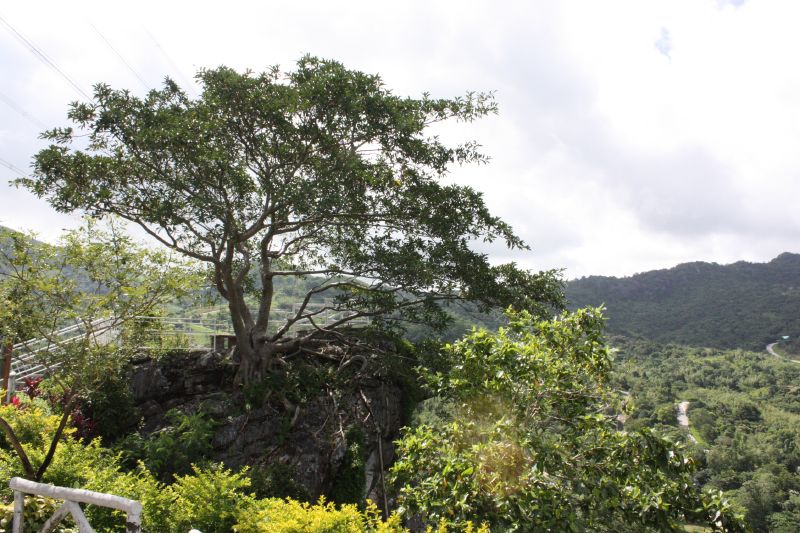
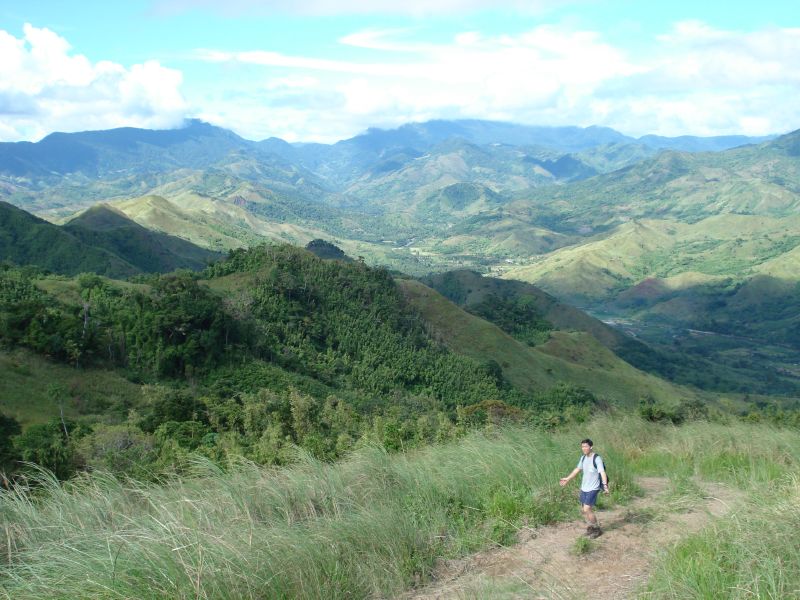


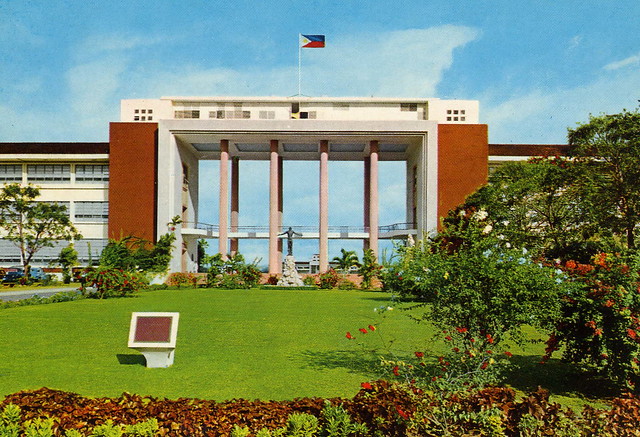



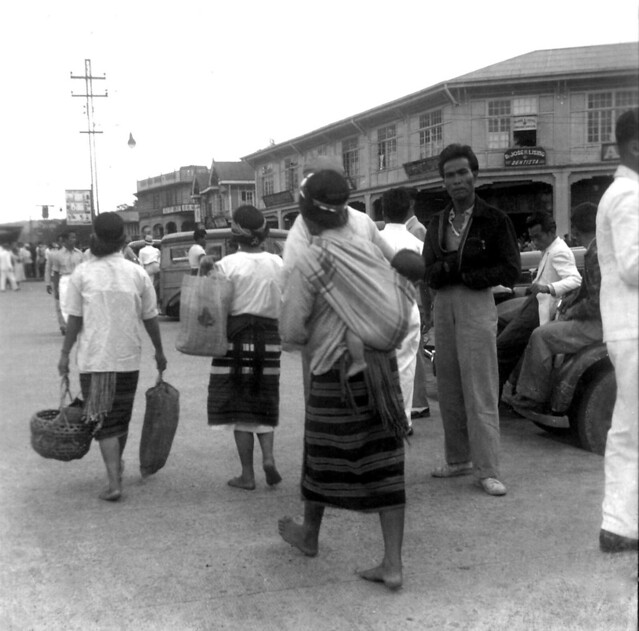

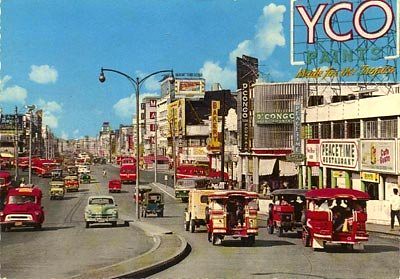






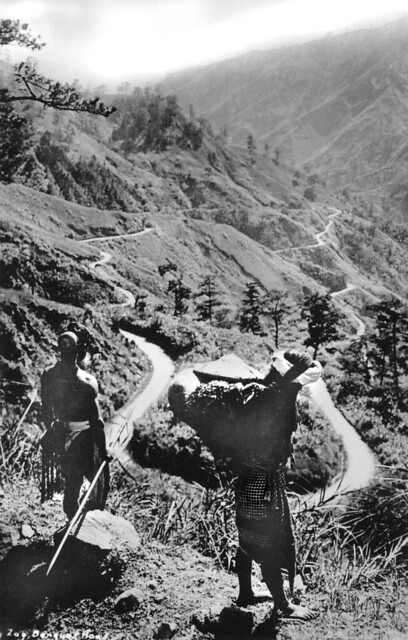



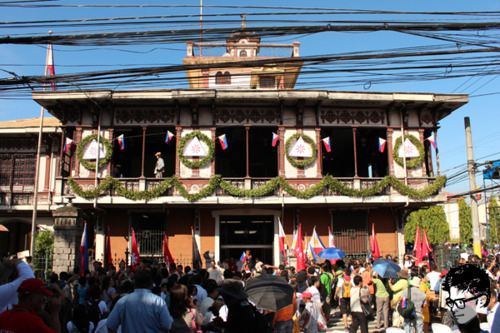 Pamintuan House at Angeles Pampanga. My Church in the town of my birth:Tanay, Built in 1778, the church was named after the Archbishop Ildefonso of Toledo, Spain, who was consecrated during the year 657 AD.
Pamintuan House at Angeles Pampanga. My Church in the town of my birth:Tanay, Built in 1778, the church was named after the Archbishop Ildefonso of Toledo, Spain, who was consecrated during the year 657 AD.

 Memories of our field trip to Bagiuo in 1957. First stop was Angeles, Pampanga, where we toured Clark with Dr. Roa. I remember the doctor riding in a brand new 1957 yellow Chrysler with all the high fins typical of the cars of the late 50’s. The day was not over yet, a jam session in the moonlight at a basket ball court at the school grounds. The seniors and teachers alike did enjoy the ball hosted by the Pampanga High School. I remember the single Ms. Roma Clemente talking about her repertoire of dances and how she enjoyed it. Me, I stayed behind, as I do not dance yet, but was busy talking to local high school girls. I found out the beddings belong to them. Thinking this time, how UP Prep can reciprocate. Billets were in a gymnasium with rows of cots and mosquito nets. I do not know where the girls were, but the energy was ever flowing from the boys…as shoes were flying everywhere in the dark, landing safely at the mosquito nets. Above Pictures of the boys in a later field trip (1960) to Bagiuo and Pampanga High School
Memories of our field trip to Bagiuo in 1957. First stop was Angeles, Pampanga, where we toured Clark with Dr. Roa. I remember the doctor riding in a brand new 1957 yellow Chrysler with all the high fins typical of the cars of the late 50’s. The day was not over yet, a jam session in the moonlight at a basket ball court at the school grounds. The seniors and teachers alike did enjoy the ball hosted by the Pampanga High School. I remember the single Ms. Roma Clemente talking about her repertoire of dances and how she enjoyed it. Me, I stayed behind, as I do not dance yet, but was busy talking to local high school girls. I found out the beddings belong to them. Thinking this time, how UP Prep can reciprocate. Billets were in a gymnasium with rows of cots and mosquito nets. I do not know where the girls were, but the energy was ever flowing from the boys…as shoes were flying everywhere in the dark, landing safely at the mosquito nets. Above Pictures of the boys in a later field trip (1960) to Bagiuo and Pampanga High School


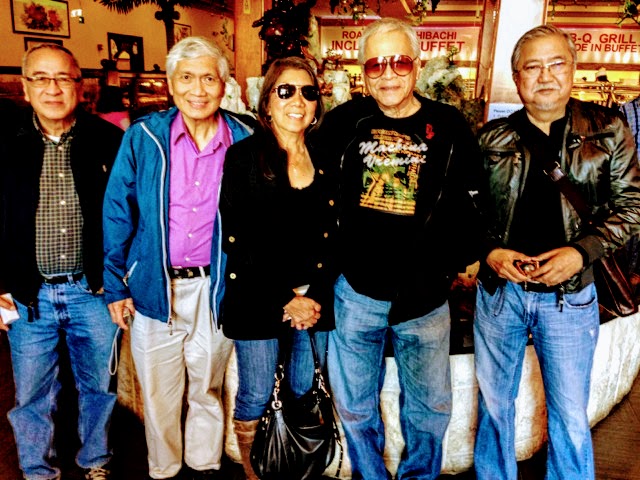

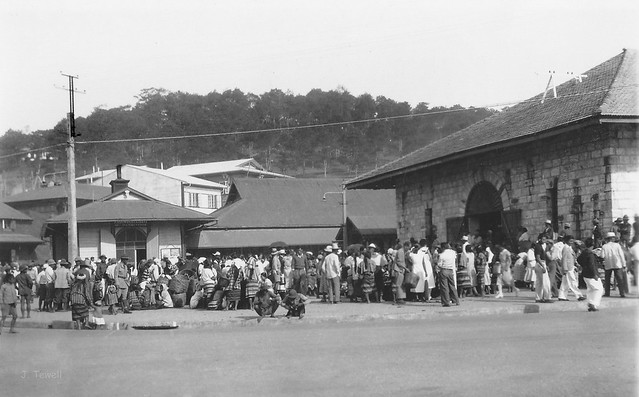








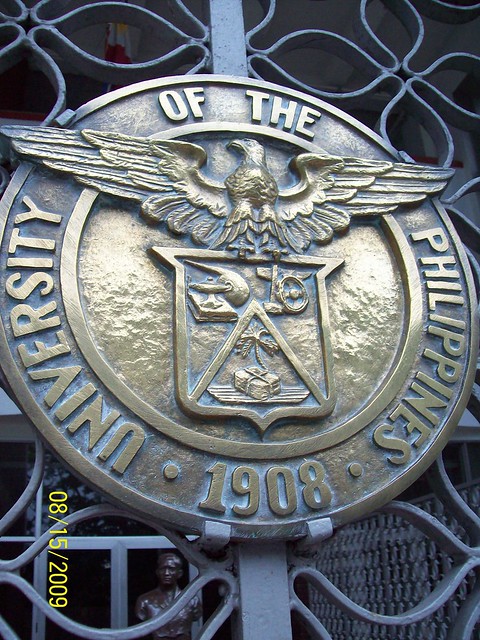




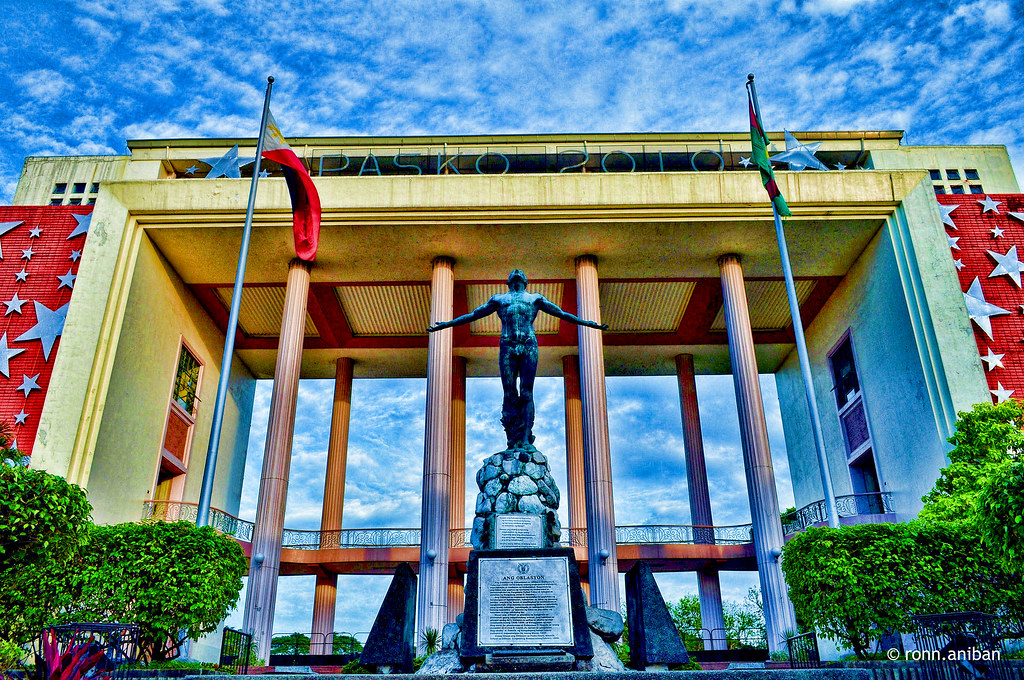
No comments:
Post a Comment